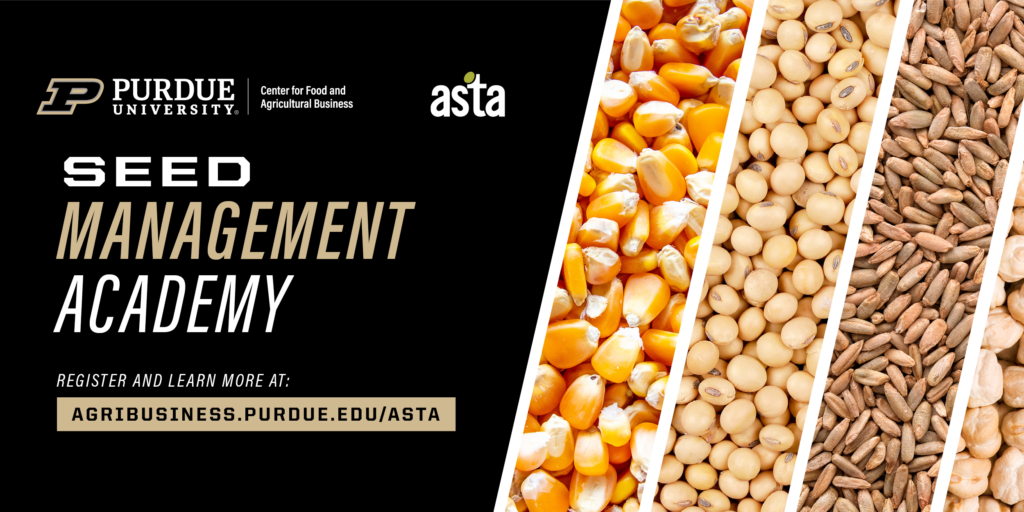Article
Challenger Marketing by Weng Marc Lim
Journal
Industrial Marketing Management, 2020. Vol. 84, 342-345
Reviewer
Dr. Luciano Castro, Clinical Associate Professor
Summary
The concept of challenger marketing lives between sales and marketing functions. Recently born from business practice, challenger marketing has been applied by leading companies in several different industries. Weng Marc Lim’s conceptual paper published in the recent Industrial Marketing Management Journal explores challenger marketing, when and why it was created and how it can be applied.
Challenger marketing brings together concepts from two seminal books, “The Challenger Sale: Taking Control of the Customer Conversation” and the “Challenger Customer”[1]. “The Challenger Sale” features profiles of strategies used for selling, based on a survey of more than 6,000 salespeople working in more than 100 business-to-business companies. Among the profiles, challenger marketing stood out in terms of sales and profitability results when compared to other profiles such as problem-solvers, lone wolves, hard workers and relationship builders.
Salespeople with a challenger marketing profile are described as those who assume the role of knowledge brokers using the following approach: unteaching, teaching, tailoring and taking control. Lim summarizes each step of the challenger marketing sales process, saying, “unteaching relates to influencing prospects to discard preconceptions or previous knowledge about their business, such as pre-existing beliefs about business needs and know-hows in business operations. Teaching relates to sharing commercial insights that prospects have not considered, such as new and meaningful insights about the prospect’s business, customers, and markets and where the pain of the same is greater than the pain of change. Tailoring relates to identifying the value drivers that resonate with prospects and addressing their biggest concerns and issues. This leads to individual buy-in and organization-wide support. Finally, taking control relates to driving momentum in the exchange process in favor of the challenger marketer, such as driving agreement about a problem among the buying group and a solution to address it in a supplier-agnostic manner.”
Additionally, challenger marketing must target challenger customers when the strategy is likely to be most effective. This is the marketing piece of the approach, as in order to be effective, salespeople must reach the correct customer segments.
Indeed, using the challenger marketing approach with the wrong customers is an incomplete use of the strategy. Challenger customers are defined as customers who are mobilizers. They are willing to work in favor of organization progress, genuinely interested in seeing fundamental aspects moving forward and have the ability to influence others in their organization. Mobilizers are not only open to change but also look for new solutions and approaches to their organization’s problems. They are knowledgeable, but at the same time, want to be challenged by those who have the knowledge and experience to do so. A critical skill of a salesperson applying challenger marketing is being able to identify mobilizers.
What this means for Food and Agricultural Business
To the Center for Food and Agricultural Business, the food and agribusiness industry is fertile ground for challenger marketing application. The agribusiness industry has searched for competitive advantages in all different segments and faced consolidation as a result of fierce competition. Companies of all levels have become larger, more complex and more professionalized. Information is now available to buyers through mutiple online and offline channels and supply strategies have become more sophisticated. Often, customers know more about their needs in terms of inputs and technologies than suppliers. Companies are demanding more from suppliers in order to truly understand customer preferences, aside from low prices.
Historically, salespeople have aimed to discover customer problems and solve them by linking potential solutions to their products and services. Because many customers already know and understand their problems and are self-sufficient, the problem solver and hard worker salespeople profiles previously mentioned run the risk of being left behind if they continue attempting to serve customer segments in this way. This approach is no longer strong enough to satisfy all customer segments.
For example, we can examine farmer customers in the U.S. Consolidation has been facing the industry for a while now, and larger farmers are becoming self-sufficient in terms of equipment, labor and technology. Additionally, they have incorporated digital tools that measure and manage operations more precisely than ever before.
Some progressive farmers test inputs themselves to decide which inputs (crop protection products, seeds or fertilizer), equipment and processes work best. However, when asked by the Center for Food and Agriculture Business what type of salesperson these progressive farmer customers would best like to interact with, it was found that this customer segment often prefers to work with salespeople who challenge their assumptions and ideas. This group thrives on challenges and enjoys learning from insightful salespeople.
Salespeople working with this segment of farmers should seek to identify opportunities for further improvement for their customers and present them with information and solutions to the unknown. Customers are interested in the unknown, and salespeople can play to this opportunity; however this approach takes time to prepare. A level of trust must first be built with the customer before insights are offered. This gives salespeople time to gain customer information and prepare technical direct and indirect background support related to their organization’s products and services. This approach can bring great benefits if executed properly, making engagement and strong communication top priorities with key customers.
[1] “The Challenger Sale by Matthew Dixon, Brent Adamson | PenguinRandomHouse.com: Books”.
The Challenger Customer: Selling to the Hidden Influencer Who Can Multiply Your Results, Brent Adamson, Matthew Dixon, Pat Spenner, Nick Toman



